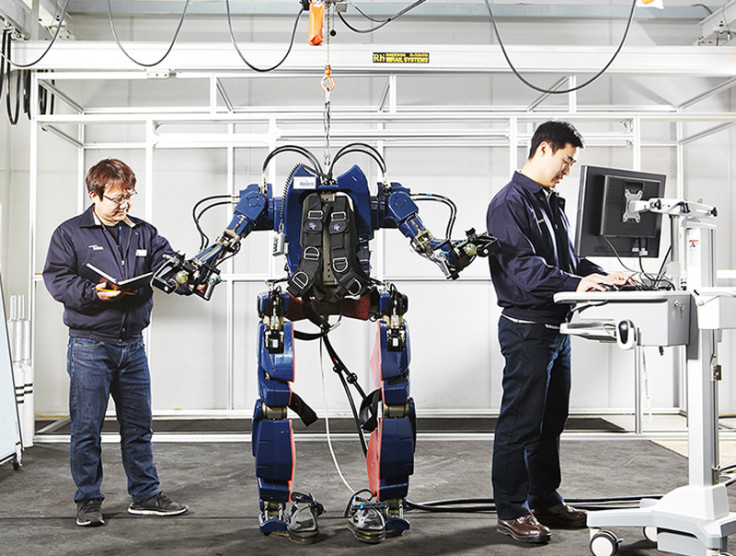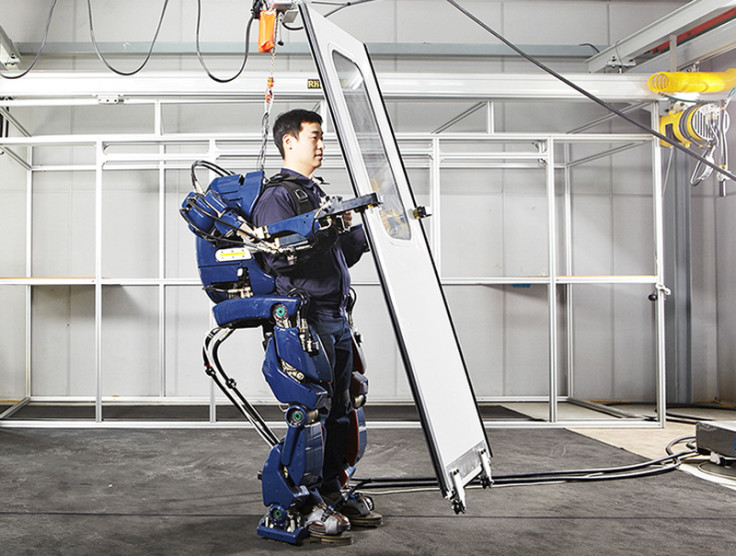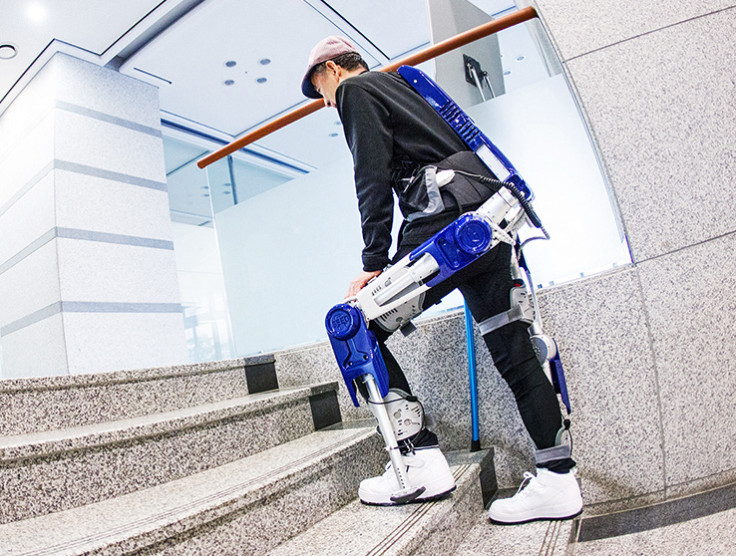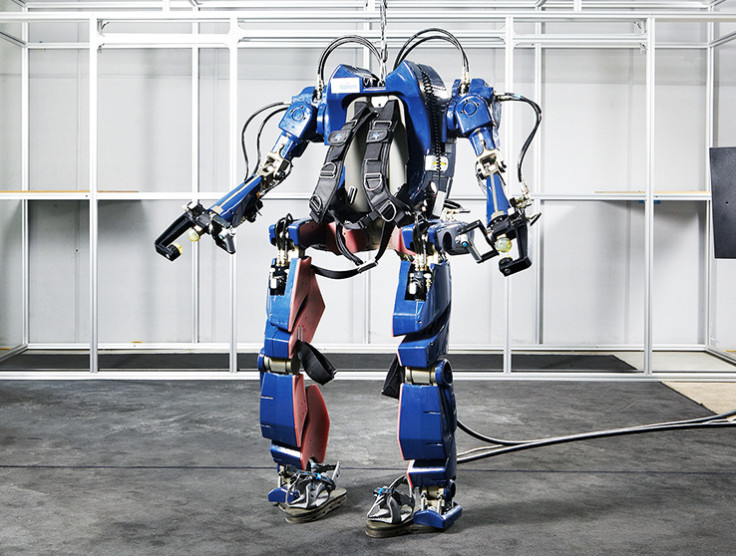Iron Man-style robot exoskeleton for soldiers and factory workers in development by Hyundai
South Korean car company Hyundai has announced that it is throwing its hat into the exoskeleton ring by developing a robot exoskeleton suit that can help soldiers and factory workers in lifting heavy objects.
In a new blog post, Hyundai has shown off a prototype of a new Aliens-style mech pilot that aims to provide man with the same super-strength abilities seen in Tony Stark's fictional Iron Man suit –albeit without the power to fly, of course.

The company's "wearable robot" is a dark-blue exoskeleton suit featuring a safety harness, manipulatable arms and huge mecha-style legs that include a harness for the feet to clip into.
The suit is somewhat more stylised than the Assist Suit line of robotic exoskeletons that have been developed by Japanese electronics giant Panasonic since 2014, but apart from what we can see in the photographs, Hyundai is keeping quiet about the exact technical specifications.
Exoskeleton could lower accident rates
"Hyundai Motor Group is developing a wearable robot suit for commercialisation with the aim of it being used for multiple purposes," Hyundai wrote in the blog post (translated).

"First, the suit will significantly increase the productivity of workers and lower the likelihood of accidents. It would be particularly useful in the workplace where people need to lift heavy objects weighing hundreds of kilograms, as the wearable robot can prevent hip and knee injuries.
"It can also be used for defence, enabling soldiers to travel long distances without being worn out by the 50kg of equipment they have to carry."
Robotic exoskeletons could enable elderly and disabled to walk independently
Hyundai also wants its robotic exoskeleton technology to be used by people with disabilities, paraplegic people or those with limited mobility, and as such, it has also created a pared-down version of its exoskeleton suit designed to be worn by civilians that offers stability.
Such a suit could be used to help the elderly to get around independently and to treat patients with injuries as a part of rehabilitation programmes.

The car firm says that wearable robot exoskeletons are part of its Next Mobility programme, which envisions the future of transport, and that wearable robots could eventually lead to the "free movement of people and things".
Outside of Asia, there are other players racing to develop viable robot exoskeleton solutions. In August 2014, Swiss startup Noonee launched the Chairless Chair, a 2kg exoskeleton suit that turns into an instant mobile chair. The invention is currently being trialled in car factories by BMW and Audi.

And in Brazil, Duke University neuroengineer Dr Miguel Nicolelis continues work on mind-controlled robotic exoskeleton suits that would enable paraplegic people to stand up and walk, after his suits were successfully demonstrated at the opening ceremony of the 2014 FIFA World Cup.
© Copyright IBTimes 2025. All rights reserved.






















